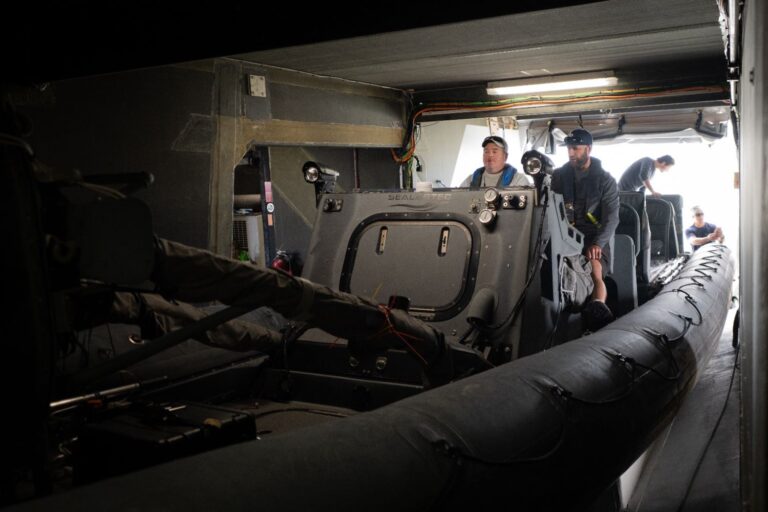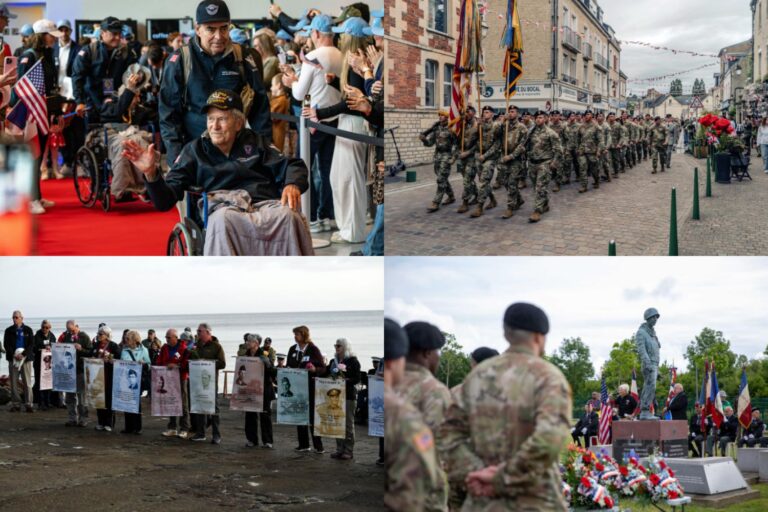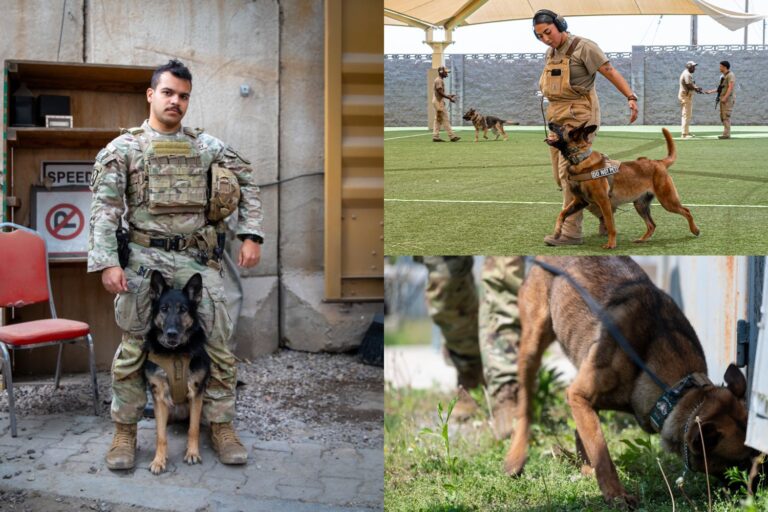Defying Limits: How the F-117 Nighthawk Masters the Sky with 99% Accuracy
In contemporary warfare, achieving air superiority is crucial for dominating the skies. Air forces have developed highly advanced military aircraft capable of delivering powerful strikes at any location and time. Currently, designers are crafting a new generation of strike planes that will execute their missions with unmatched excellence. These next-generation aircraft will be faster, more lethal, and stealthier than their predecessors.
Todays, when it comes to the battlefield, radar technology is the first line of defense for our warfighters, it’s a must. However, it couldn’t have become the trend if this important game changer had never existed. We are talking about the F-117 Nighthawk.
In the early to mid-80s, the radar cross section was barely a consideration in fighter aircraft design. However, the introduction of the F-117 changed the game entirely.
Post-F-117, no serious air combat design ignores low observability as a critical performance feature. The F-117 didn’t just deliver unprecedented capability; it revolutionized warfare by introducing stealth technology, fundamentally transforming the technological landscape of military aviation.
Before diving into the main course to see how the F-117 has disrupted the nature of warfare, we need to know why it has been translated from ideas to a stunning reality.
The Birth of the F-117 Nighthawk – American Black Project
The story of the Nighthawk actually begins with Soviet mathematician Pyotr Ufimtsev. In 1964, he published a groundbreaking paper titled “Method of Edge Waves in the Physical Theory of Diffraction,” which revolutionized aircraft design.
Ufimtsev demonstrated that an aircraft’s radar return was not solely dependent on its size, as previously believed, but on its edge configuration. He discovered that even large aircraft could dramatically reduce their radar visibility by modifying their structure.
However, the paper submitted to the Moscow Institute for Radio Engineering remained purely theoretical. While Ufimtsev was entirely correct, implementing such changes in the 1960s would have severely compromised an aircraft’s aerodynamic performance. His work was ahead of its time, but it didn’t take long for its impact to be realized.
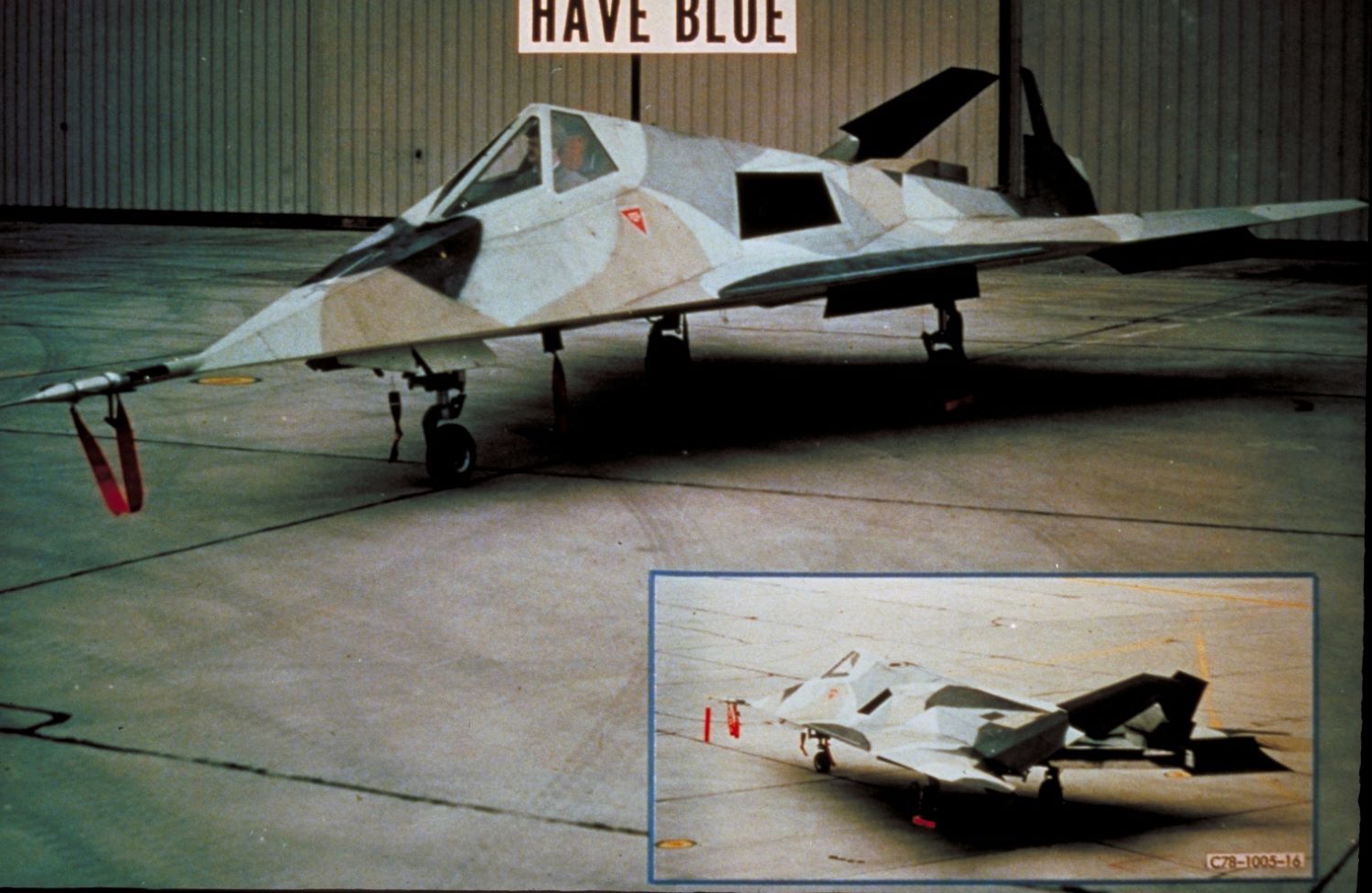
In the early 1970s, Lockheed analyst Denys Overholser stumbled upon Ufimtsev’s paper. By this time, advancements in computer technology had made it possible to turn Ufimtsev’s decade-old vision into reality. One of the most intriguing aspects of the Nighthawk was the enigma that enveloped it.
The aircraft originated from a black project, a covert military or defense initiative typically unacknowledged by the U.S. government. The development of the Nighthawk was one of the most clandestine, with very few individuals in the Pentagon privy to its production. The project started in 1975 with a prototype dubbed the “Hopeless Diamond,” named after the Hope Diamond, one of the world’s most precious gems.
In 1976, the Defense Advanced Research Projects Agency (DARPA) awarded Lockheed Skunk Works a contract to build two sub-scale working models. Lockheed Skunk Works, located in Burbank, California, and officially known as Lockheed Martin’s Advanced Development Programs (ADP), has been behind a stunning array of aircraft over the years. These include the U-2, the Lockheed SR-71 Blackbird, the Lockheed Martin F-22 Raptor, the Lockheed Martin F-35 Lightning II, and, of course, the Lockheed F-117 Nighthawk.
There’s probably no better aviation development department on the planet. The project that led to the F-117 was code-named “Have Blue.” By the end of 1977, two aircraft had been built under budget at $35 million, which is about $149 million today.
The F-117 Nighthawk became a legendary aircraft, the first true stealth fighter. Despite the U.S. Air Force’s best efforts to keep it secret, public interest only grew after its first secret flight in 1981, reaching a fever pitch when it was officially unveiled in 1988.
What Makes the F-117 Nighthawk a Legendary Stealth Fighter?
The Lockheed F-117 Nighthawk is an aircraft steeped in mystery, standing distinct in its allure. While other planes have adopted comparable technologies, none can match the captivating power of the Nighthawk. One of its defining features, which carved its name into the history of warfare, is its ability to evade radar detection through advanced stealth technology.
Riding the Coattail of the Previous Models
F-117 Nighthawk is a model that incorporated features and technologies from other aircraft.
These models incorporated the jet engines from the Northrop T-38A, the fly-by-wire systems adapted from the F-16, the robust landing gear from the A-10, and the reliable environmental systems from the C-130. Despite being somewhat hastily assembled, HB1001 and HB1002 demonstrated unequivocally that this new technology was effective.
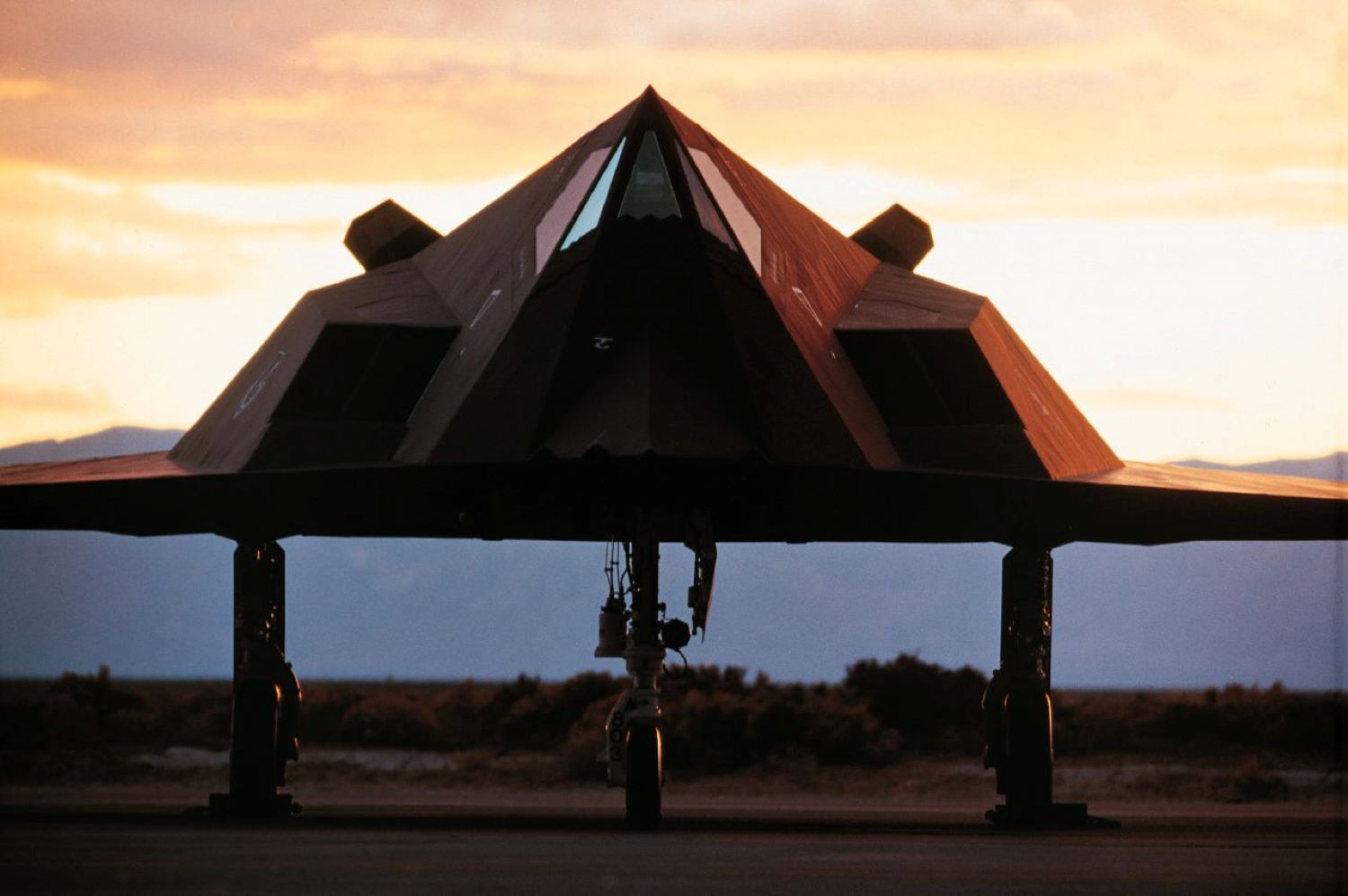
Even stealth design was not a new concept, the F-117 Nighthawk was the first true stealth aircraft, incorporating advanced stealth technologies. Its design, based on mathematical equations and shaped to disperse and absorb electromagnetic energy, was revolutionary and influenced by earlier concepts seen in the SR-71 and early stealth designs.
Unlike traditional fighters that scream through the skies at supersonic speeds, the F-117 Nighthawk chose a stealthy subsonic approach to cloak itself from radar eyes. This deliberate design aimed to minimize its radar signature, a necessity born from the demands of stealth technology, setting it apart from its faster counterparts like the F-15 or F-16.
When it came to engines, the F-117 prioritized reliability and ease of maintenance over sheer speed. It relied on trusted engines such as the General Electric J85 and later the F404, a practical choice inspired by proven technologies used in aircraft like the robust F/A-18 Hornet. This blend of innovation and practicality ensured the F-117 could silently slip through the skies while maintaining operational readiness.
The F-117 Nighthawk’s control surfaces, with its distinctive V-tail setup and expansive full-span elevons, were crafted to optimize both control precision and stability. Drawing from insights in aerodynamics and control systems of prior aircraft, these innovations were customized to precisely suit the F-117’s unique flight demands.
Combined Technology to Make the Plane “Invisible”
The F-117 has a radar cross-section of about 0.001 square meters and wings with a high sweep angle of 50 degrees, meaning the wings are at a much tighter angle than almost any other aircraft, which deflects incoming radar waves to the sides.
The aircraft was painted using radar-absorbing iron ball paint and was magnetically charged to reduce radar returns. The exhaust ports on the F-117 were also narrowed considerably compared to other aircraft into tight slits, which minimized detection by infrared systems.
The angular look of the F-117, designed to reflect radar waves off of its body, was bolstered by the use of a radar absorbing iron-ball paint that was magnetically charged to reduce radar returns. Its exhaust ports were narrowed into tight slits to minimize detection by infrared systems.
All of its communications antennas were built on retractable motors so they could be stowed in contested airspace. Unlike fighters of the day, its weapons were held internally as external pylons would make the plane easier to spot on radar.
It carried no on-board radar to detect enemy fighters, as using the radar would alert nearby defenses of their presence. Because the aircraft was only expected to operate at night, it was painted black to make it more difficult to discern against the night sky.
The Engines that Lift the Plane Up
The F-117 comes with two non-afterburning General Electric F404 turbofan engines, each with a thrust of 10,600 pounds force, giving it a maximum speed of 684 miles per hour.
As a comparison, the F-22, which replaced it for various combat roles, has a top speed of 1,500 miles per hour, with each of its engines giving out 26,000 pounds force of thrust—essentially twice as fast and with over twice the thrust.
The plane measures 25 meters in length and has a wingspan of 13.2 meters. Its range is 1,720 kilometers, but it can be refueled in mid-air. This brings us to a notable fact: shortly after the Gulf War, pilots flew non-stop with refueling from Holloman in New Mexico to Kuwait, taking roughly 18.5 hours. To this day, this stays a record for a single-seat fighter.
The F-117 is Automated
One fascinating aspect of the F-117 is its high degree of automation. Equipped with a sophisticated digital avionics suite, the aircraft features integrated navigation and attack systems. Prior to each mission, data is uploaded to an automated planning system that oversees every aspect of the flight, including the release of weapons.
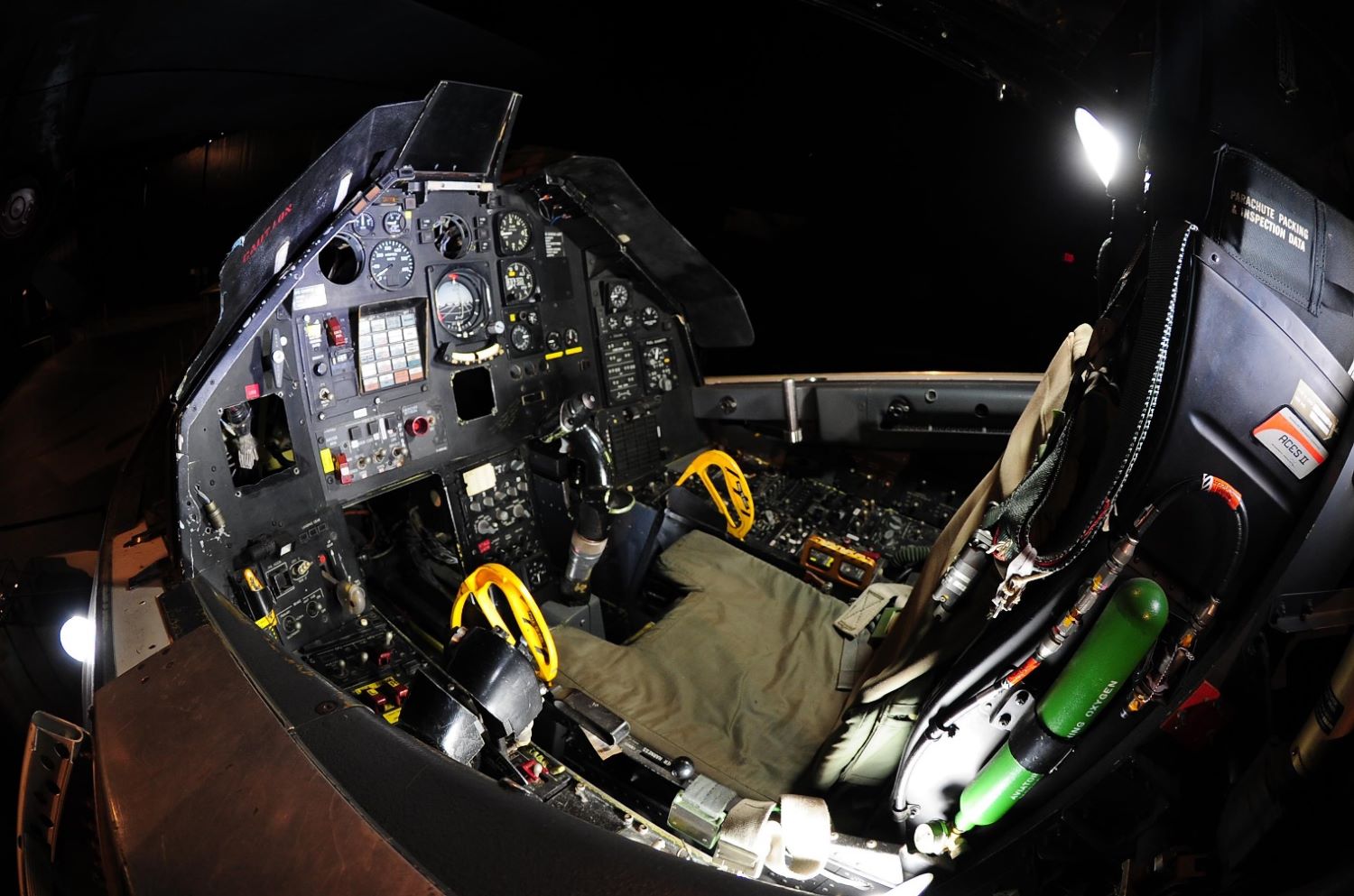
Although pilots usually disengage this system shortly before an attack to take control themselves, the automation is vital. As previously mentioned, the F-117 is not the easiest aircraft to fly. Its design necessitates constant minor adjustments to maintain flight stability—it’s aerodynamically akin to handling a bucking bronco. Expecting a pilot to manage this continuously during a long flight would be impractical, making a computer the logical alternative—they don’t experience fatigue.
Precision Bombing with Laser-Guided Bombs
The Nighthawk could carry a payload of two air-to-ground munitions, which might seem limited, but it equates to up to 5,000 lbs of explosive power in a stealth aircraft. This means the aircraft could accommodate two 2,000 lb munitions. These laser-guided bombs had a striking range of approximately 590 miles. Tyler Rogoway, from The War Zone, succinctly describes the purpose of the black jet: it was developed to carry and deploy nuclear gravity bombs, specifically the B-57 and B61, prominently featured in this image.
The cockpit of the aircraft featured an aircraft monitoring and control panel that connected with the Permissive Action Link on the nuclear weapons, enabling them to be armed and programmed prior to deployment. It was designed to silently infiltrate and deliver a significant payload.
Rogoway highlighted, “Even the orientation of the F-117 to potential threats was meticulously planned through computerized processes to maximize the pilot’s survival odds based on all available data.” The Nighthawk was meticulously crafted for a specific purpose: striking high-value targets with precision in contested airspace, often under cover of darkness. Hence, the decision to carry only two bombs was driven by this strategic need.
To maintain optimal aerodynamics during flight, the aircraft relied on internal weapons bays rather than external hardpoints typical of conventional aircraft. This naturally requires plenty of space within the total fuselage to work.
In general, larger objects tend to have a larger radar signature. The Air Force determined that adding any more surface area would significantly increase the plane’s radar cross-section, making it too risky to carry additional bombs.
Targeting for these bombs was achieved uniquely using onboard infrared cameras located within the aircraft’s belly. Pilots actively guided the munitions all the way to impact using these cameras. Unlike conventional planes, the Nighthawk did not feature a radar for scanning or navigation. Instead, it relied on a precise Inertial Navigation Unit (INU) that tracked the aircraft’s angle and velocity over time. This information was then displayed on a digital map overlay inside the cockpit, rather than using traditional GPS.
This capability was significant because many bombers typically require ground-based spotters equipped with laser designators to pinpoint targets. This approach necessitates deploying special forces near the target area, which poses inherent risks.
The F-117 and Its Combat Operations
The F-117 was originally designed with the Cold War context in mind. During Operation Desert Storm, Baghdad posed a significant challenge with its dense anti-aircraft defenses covering every part of the city’s sky.
The Nighthawk demonstrated its effectiveness by successfully engaging over 1,000 ground targets using laser-guided bombs, achieving minimal collateral damage and civilian casualties. Remarkably, despite an expected 5% loss rate, not a single F-117 was lost during the operation. This unprecedented achievement solidified the Nighthawk’s reputation as one of the Air Force’s most formidable weapons.
It wasn’t until 1999 that the F-117 saw action again, under unexpected circumstances. NATO launched bombing campaigns against Yugoslavian targets to neutralize enemy air defenses. During one mission, Lieutenant Colonel Dale Zelko’s F-117 was downed by Serbian SA-3 anti-aircraft missiles.
This was a remarkable feat, as the crew of the batteries were operating outdated and unreliable Soviet-era radars with Chinese export missiles. The shock of losing what was seen as an invincible plane led the American Air Force to rewrite the doctrine on stealth, as well as to realize that with the downed aircraft came the fact that its top-secret stealth capabilities would fall into the hands of any near-peer adversary. It required intensive planning, intelligence gathering, and an emphasis on unpredictability.
Considering that classified documents on the Nighthawk were recently leaked on the War Thunder forums regarding attack angles and the location of sensors, we should be safe for the time being from any data leaks that would put actual lives at risk. The Nighthawk’s final confirmed operational use was seen in a more limited number during the invasion of Iraq and Afghanistan.
All signs were pointing towards the F-117’s retirement. This is where the story of the Nighthawk’s unconventional retirement begins. Instead of scrapping the airframes, the Air Force placed all remaining F-117s into Type 1000 storage, this being a loose assembly of parts stored in tightly monitored climate-controlled environments.
Has the F-117 Officially Retired Yet?
Two years after their supposed mothballing, eyewitnesses reported sightings of flying Nighthawks over the Nevada Test and Training Range out of Nellis Air Force Base, including Area 51. In September 2016, two F-117s were spotted flying training sorties with apparent fuselage modifications.
By 2021, the Air National Guard admitted to using these planes to simulate cruise missiles due to their low altitude flying and small radar cross-section, aiding in sensor research and development.
In 2017, a Dutch aviation magazine claimed that at least four F-117s were deployed to the Middle East for special purposes, likely in Syria, where Russian and Syrian air defenses were active.
Despite having advanced aircraft like the F-22 and B-2 bombers, the F-117 was used due to its ability to carry two Mark 48 2,000lb laser-guided bombs, which can hit moving targets. The B-2’s limited number and high operational cost made the F-117 a more viable option.
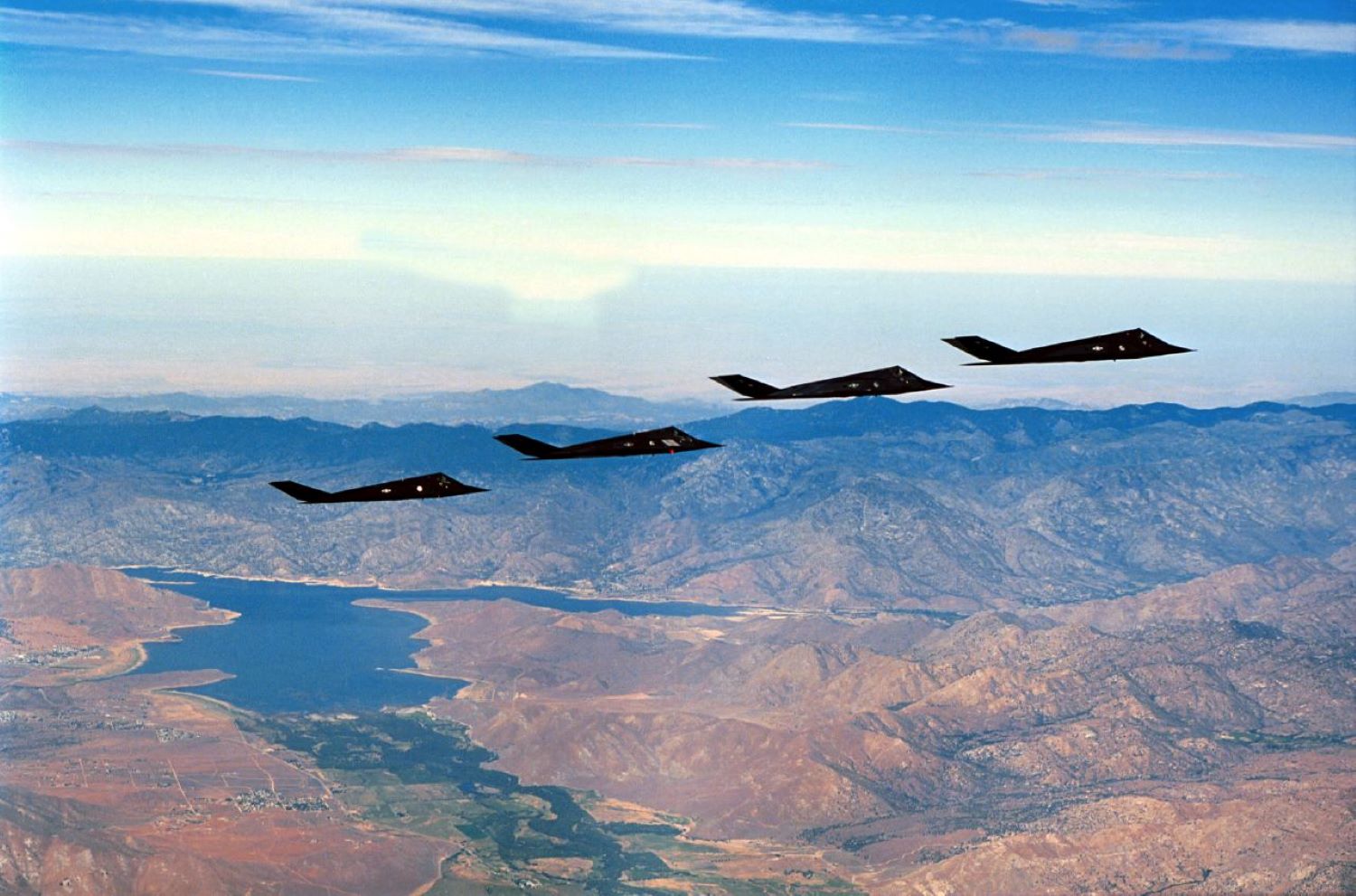
The F-117’s stealth capabilities, coupled with its inertial guidance system, made it effective despite Russian GPS jamming. Its well-known stealth properties meant that losing an aircraft wouldn’t compromise modern stealth technology. Despite congressional laws, no F-117s were dismantled between 2008 and 2019, and sightings increased. The Air Force cleared the F-117 for aerial refueling and forward deployments to Myanmar and California.
In January 2022, an F-117 was seen in low-altitude maneuvers alongside an F-35, indicating ongoing testing. The Nighthawk remains a legacy project, now less viable against modern passive, bistatic, or multistatic radars.
Despite the F-22 and B-2 not fully replacing its capabilities, the F-35 outperforms the F-117 in every category. The Air Force’s request for future F-117 maintenance signals its continued, albeit limited, role in training and development.


